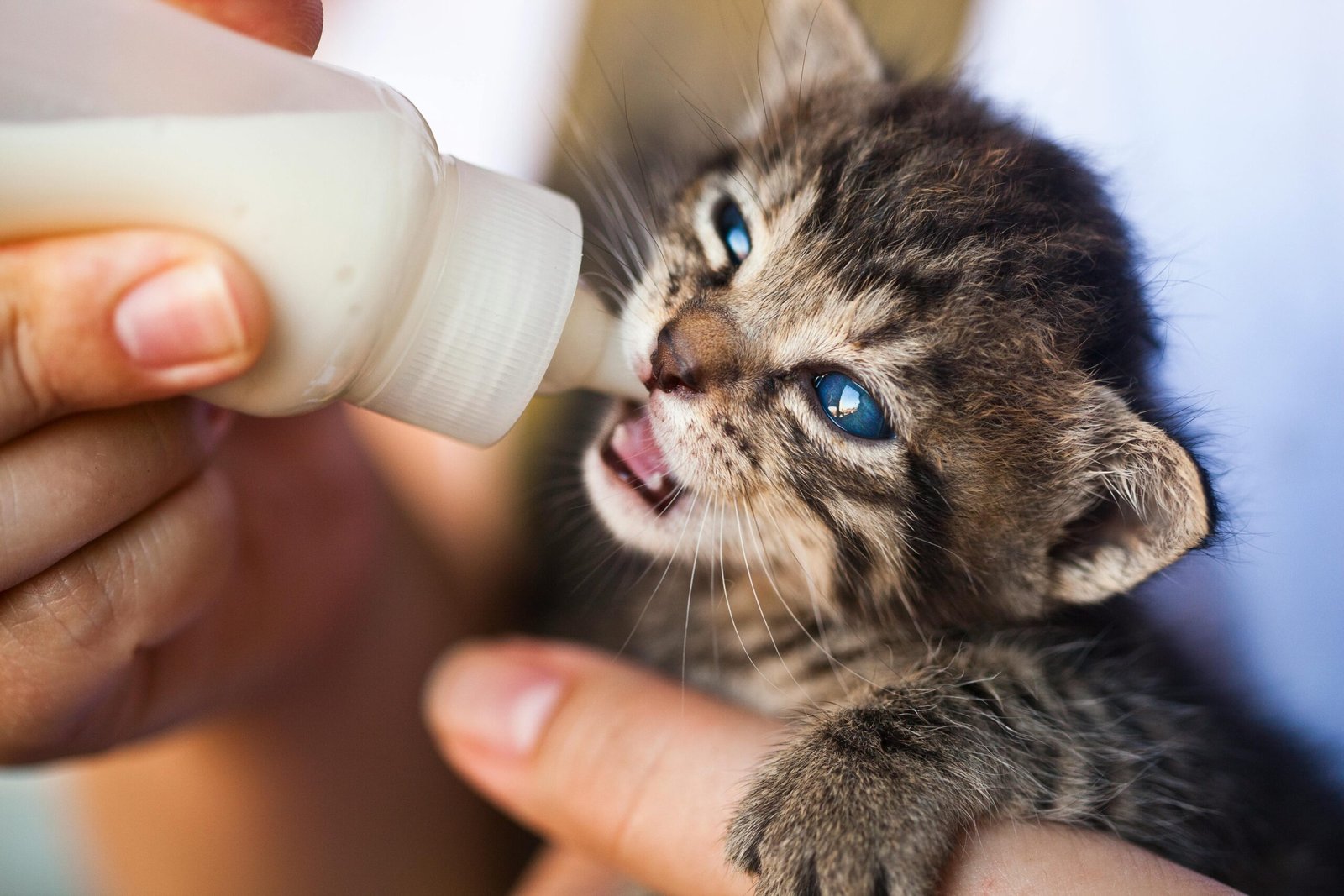Let’s talk about something no one wants to think about but every pet owner needs to know: pet illness signs. And not just the obvious ones like vomiting or limping. I mean the sneaky, quiet, blink-and-you-miss-it kind of signs that I’ve personally missed more than once—until it was almost too late.
I’ve lived with dogs, cats, and even a talkative parrot named Mango. One thing I’ve learned? Animals don’t always tell you when they’re hurting. They hide it—especially cats. And if you wait for a loud, dramatic symptom, you could already be behind the curve.
So, let’s dive in. This isn’t some sterile list from a vet clinic wall. These are the real pet illness signs I’ve seen, researched, and learned to watch for—because our pets can’t talk, but they’re always telling us something.
Table of Contents
1. Loss of Appetite or Sudden Pickiness
When my dog Max stopped begging for chicken, I knew something was up. He’s a Labrador—he lives for food. Loss of appetite is one of the most common pet illness signs, especially when it shows up out of nowhere. Even skipping one meal is worth paying attention to.
Signs to watch:
- Ignoring food but still drinking
- Sniffing and walking away from meals
- Sudden dislike of favorite treats
🛑 Could point to: dental pain, digestive issues, or even something serious like kidney problems. Always call your vet if it lasts more than 24 hours.
2. Unusual Lethargy or Sleepiness
Pets nap a lot—we all know that. But if your dog or cat is sleeping more than usual, skipping playtime, or seems “out of it,” you need to pay attention. This was one of the first sick pet symptoms I noticed in my older cat, Luna.
3. Vomiting or Diarrhea That Doesn’t Go Away
Every pet pukes sometimes. My dog once ate an entire stick of butter—don’t ask—and threw it all up (yes, on my rug). But if the vomiting keeps happening? It’s one of those pet illness signs that shouldn’t be ignored.
When it’s serious:
- Vomiting multiple times in one day
- Blood in vomit or stool
- Lasting more than 24 hours
4. Fever or Warm Ears/Paws
We don’t often think about fever in pets, but yes, it happens. When I suspected my cat was warm to the touch, I used a digital pet thermometer—turns out she had a fever from a UTI.
✅ Tip: Normal dog/cat temp is ~101–102.5°F (38.3–39.2°C). Anything above that? Call your vet.
5. Hiding More Than Usual (Especially in Cats)
This one is subtle—but major. Luna started hiding behind the couch instead of curling up on the bed. Turns out, she had an early-stage kidney issue.
The Ultimate 4-in-1 Pet Safety Bundle : Click to check offer
6. Limping or Trouble Getting Up
Joint pain doesn’t always show up overnight. Watch your pet as they get up from naps or jump off the couch. One of my rescue dogs developed arthritis early, and it started as just “slower mornings.”
One Paragraph: Sick Pet Symptoms 2025 (Long-Tail Keyword)
As we head into 2025, sick pet symptoms are becoming easier to track, thanks to pet health tech like smart collars and vet-connected apps. But even with gadgets, nothing beats your eyes and gut feeling. If your dog is suddenly pacing, whining, or your cat is yowling at night and acting off—it could be more than mood swings. From subtle behavior shifts to physical red flags, the sick pet symptoms 2025 list includes everything from appetite changes to excessive grooming, limping, or even changes in the way your pet sleeps. Trust me—early detection saves lives.
7. Bad Breath (It’s Not Just Gross)
Funky breath might seem like a joke—but it’s often one of the first pet illness signs for dental disease or kidney problems.
🐶 Related Read: The Life of a Swallow Bird: Behavior, Habitat & Meaning Explained
🐱 Don’t Miss: Best Dog Coats For Winter 2025? 7 Vet-Approved Tips to Keep Your Dog Warm & Safe
8. Eye Discharge or Cloudiness
If your pet’s eyes look glassy, red, or gooey, it could mean infection or even something neurological.
9. Excessive Grooming or Licking
My cat once licked her front paw until it was raw—turned out she had a skin allergy. This is one of those signs most pet parents shrug off.
10. Heavy Panting or Labored Breathing
Dogs pant, sure—but if it’s constant and not heat-related? Red flag. Cats panting? That’s nearly always serious.
11. Changes in Bathroom Habits
You know your pet’s bathroom routine better than anyone. If something suddenly changes, take it seriously.
💡 Frequent urination can signal diabetes or kidney issues.
12. Ignoring Commands or Sounds
Is your pet not responding to their name anymore? Could be hearing loss—or something deeper.
13. Confusion or Disorientation
Getting lost in your own living room isn’t just a human thing. Cognitive dysfunction in pets is very real—and very scary.
14. Weight Loss or Gain
Big changes in body weight with no diet shift? Always a concern.
15. Coat or Skin Changes
The condition of your pet’s coat often mirrors their internal health. Greasy, dull, flaky, or patchy? Pay attention.
16. Increased Vocalization
Meows, howls, whines—if they’re talking more, something might be up.
😿 My cat became a night yowler before we learned she had hyperthyroidism.
17. Sudden Aggression or Withdrawal
Behavioral shifts like biting, snapping, or hiding can be linked to pain—not personality.
18. Trouble Climbing Stairs or Jumping
Especially in older pets, joint pain or back issues can sneak up slowly.
19. Nighttime Restlessness
Insomnia isn’t just a human thing. If your pet paces all night, they might be in pain or anxious.
20. Gut Instinct—Something Just Feels Off
You know your pet better than anyone. If something just feels… off? Trust your gut.
❤️ One time, all I had was a weird feeling about my dog Max’s breathing. It led to a heartworm diagnosis that saved his life.
What Are Some Symptoms That Might Tell a Pet Owner Their Pet Needs Medical Attention?
Let me tell you—there’s no worse feeling than realizing you missed the signs your pet was trying to show you. One time, my dog Max started drinking a lot more water than usual. I brushed it off as summer heat. A week later, we were sitting in the vet’s office being told he was borderline diabetic.
Some symptoms that demand your attention right away include:
- Vomiting or diarrhea lasting more than 24 hours
- Refusal to eat or drink
- Difficulty breathing or nonstop panting
- Sudden limping or paralysis
- Seizures or collapse
- Pale gums, shaking, or extreme lethargy
💡 Pro tip: If your gut is telling you something is off, even if the signs are subtle—listen to it. You know your pet better than anyone.
What Are Two Signs Your Animal Could Have a Health Problem?
Honestly? If I had to narrow it down to two of the biggest red flags, they’d be:
- Changes in eating or drinking habits.
When your pet suddenly eats less, becomes picky, or starts gulping down water like they’re lost in a desert—something’s up. - Behavioral shifts like hiding, aggression, or clinginess.
Our pets don’t just “act weird” for no reason. Behavioral changes are some of the earliest pet illness signs you can catch before physical symptoms appear.
I once had a cat who went from affectionate to completely withdrawn overnight. Turns out she had a painful tooth infection—and she was suffering in silence.
Which Signs Can Indicate an Animal Is in Poor Health?
There’s a whole spectrum of sick pet symptoms that whisper before they scream. But here are a few that always make me take a second look:
- Weight loss or gain with no diet change
- Dull, flaky coat or excessive shedding
- Persistent coughing, sneezing, or discharge
- Frequent licking or biting at a specific area
- Unusual bathroom habits—accidents, straining, blood
I’ve learned the hard way: the sooner you act on these signs, the better the outcome. Don’t wait for things to get “obvious.” Pets are masters at masking discomfort.
What Is Your First Step to Recognizing When Your Pet May Be Having a Health Issue?
Honestly? Awareness. Sounds simple, but it’s everything.
Start by paying attention to your pet’s “normal.” Their habits. Their favorite nap spots. How much they eat. How they walk. The way they greet you. Because once you know what normal looks like, spotting what’s not normal becomes easier.
Your first step is to become your pet’s best observer. Watch, listen, and—yes—trust your gut. It saved my dog Max. And it could save yours too.
Final Thoughts: Listen to the Whispers Before They Scream
Not all symptoms shout—most pet illness signs whisper. But if you know what to look for, you can catch those whispers before they turn into emergencies. I hope this list helps you spot the early clues and stay one step ahead for your furry (or feathered!) friend.
Because in 2025, tech and tools are great—but nothing beats an observant, loving human.
🐶 Related Read: Retractable Dog Leashes: Safety Tips Every Pet Owner Should Know
🐱 Don’t Miss: Best Dog Coats for Winter 2025 – Vet-Approved Picks












